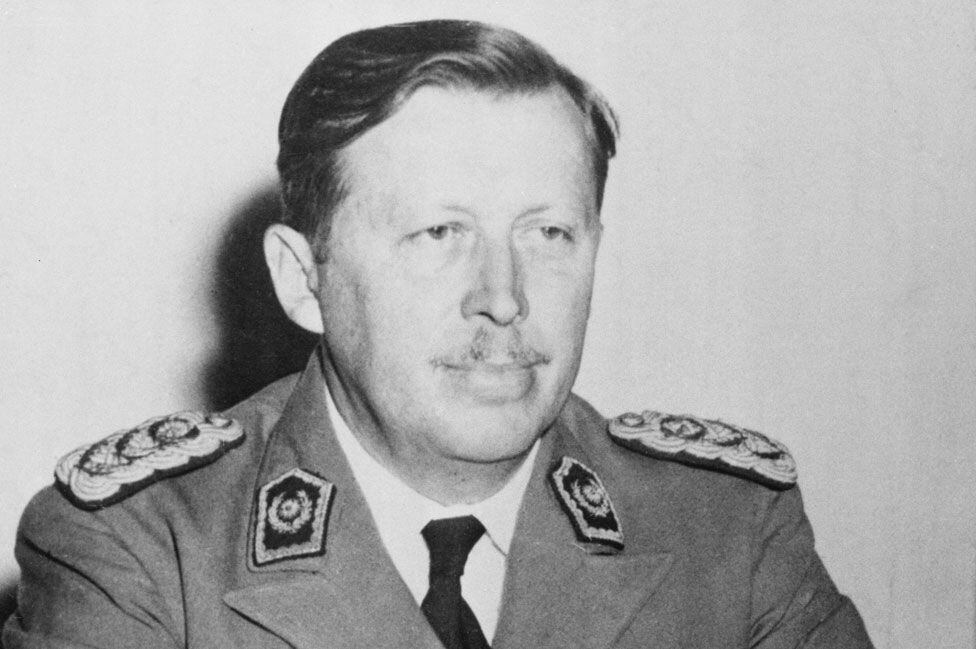This Thursday the 7th, the Peruvian soccer team will debut in the Qualifiers for the 2026 World Cup in a match against Paraguayan. Unlike the last qualifying processes, the Guarani will receive the Blanquirroja at the Antonio Aranda stadium, in eastern cityinstead of the classic setting of Defensores del Chaco, in the capital Asunción.
LOOK: What really happened to the criminals who detonated a grenade in Ecuador? | VIDEO
The assigned location, however, brings together a large series of particularities, among which the name it bore until a few years ago, dedicated to a former dictator who marked the history of Paraguay in the 20th century; the high rates of smuggling that it registers and its proximity to one of the main natural wonders of the region, just to mention a few.
Founded on February 3, 1957 under the name of Puerto Flor de Lis by order of the then dictator Alfredo Stroessner, the city was to mark the end of the important Highway to the East, with which Paraguay sought to improve its commercial chances and avoid high costs. which involved transporting their products across the La Plata River.
But its name was soon changed to Puerto Presidente Stroessner. in honor of the dictator For opponents of the dictatorship, however, the characteristic vegetation of the area and their refusal to cite Stroessner led to their being popularly baptized as Ciudad Jardín.
Stroessner, who ruled the country from 1954 until he was overthrown in a coup led by General Andrés Rodríguez in February 1989, is accused of having murdered between 350,000 and 450,000 political enemies -mainly communists- in addition to torturing, persecute and imprison thousands of others.
After the fall of the tyrant, a popular referendum was called in which Ciudad del Este was chosen as the new name, over options such as .

The construction of the Friendship Bridge, which crosses the Paraná River and provides Paraguay with an outlet to the Atlantic Ocean through Brazil, as well as the Acaray and Itaipu dams, caused the economy in Ciudad del Este to take off in the 1990s. 1960 and 1970.
Furthermore, this commercial boom did not take long to attract large migrant communities, including those from China, India, Lebanon, Syria, Taiwan and Korea.
Both the demographic and economic growth of Ciudad del Este made it the second most important city in Paraguay, surpassed only by Asunción.
Along with development, however, the city has fallen into the clutches of smuggling, the mafia, and organized crime. Since 1995 it has been baptized as “the Hong Kong of America” due to the enormous number of oriental mafias that operate there.
On the other hand, it is estimated that some 40,000 people visit Ciudad del Este on a normal day to buy merchandise at a lower price, mainly from southern Brazil and northern Argentina.
This movement causes the city to register some 15 billion dollars annually on average for commercial transactions. However, many of the products that are exchanged there come from the widespread smuggling network that has operated in the Paraguayan city for decades.
From cigarettes to perfumes, watches, computer equipment, electronic systems or even automobiles, the majority of products found in Paraguay come from illegal sources, whether they have crossed a border illegally, such as the Chilean or Brazilian, or have been counterfeited in the local market.
The almost non-existent customs controls and the enormous differences in taxes between Paraguay and other countries -where it is estimated that products have a total tax burden of 13.5%, far from the 25.5% of Brazil and Chile, for example- are two of the main catalysts for this phenomenon to take place.
Another of the aspects that aroused the greatest concern towards the end of the 20th century and the beginning of the 21st was the alleged operation of jihadist cells from the Triple Frontier, especially from eastern city.
After the attack against the Israeli embassy in Argentina and the AMIA, in 1992 and 1994 respectively, the Argentine intelligence service (SIDE) began to suspect that the detonators used in the attacks had come from the Triple Border. One of the main reasons for their inquiries was the growing number of Arab migrants living there.
In 1999, SIDE sent a report to both the US CIA and the Israeli Mossad warning of the presence of terrorists belonging to Al Qaeda and responding to orders from Osama bin Laden.
Intelligence agents recorded multiple meetings held by the Arab population of the area, many times through cameras installed near the mosques of Ciudad del Este and Foz de Iguazú.
In 2001, after the attack on the Twin Towers in New York, SIDE revealed that in addition to Bin Laden’s agents, such as Al Said Hassan Hussein Mokhless, Hezbollah cells and Iranian radicals also operated in the area.
In recent years, the authorities of the three countries agree that Hezbollah has established itself in the area, mainly to operate drug trafficking networks that feed on drugs produced in Colombia and Peru, transport them through Bolivia, using Paraguay as a crossing point. to Brazil and ship them across the Paraná River, the Atlantic Ocean, or turn around and send them to Rosario or Buenos Aires.
But Islamic extremism is not the only criminal group present in the area. Control of the territory is also disputed by the ruthless Brazilian cartels First Command of the Capital and the Comando Vermelho.
Source: Elcomercio
I am Jack Morton and I work in 24 News Recorder. I mostly cover world news and I have also authored 24 news recorder. I find this work highly interesting and it allows me to keep up with current events happening around the world.

:quality(75)/cloudfront-us-east-1.images.arcpublishing.com/elcomercio/O4D57IXJUNCQ5AJOWLXLCUJO24.jpg)




